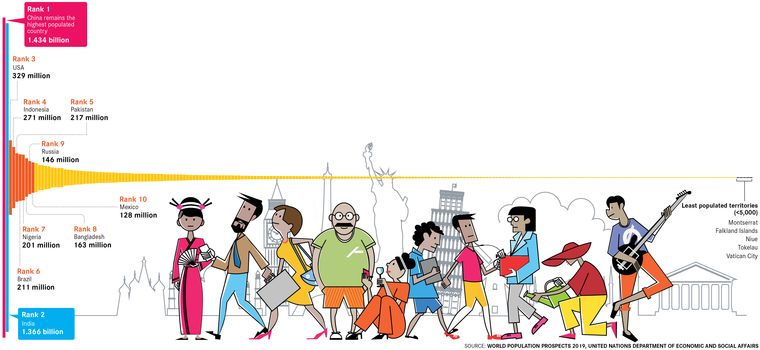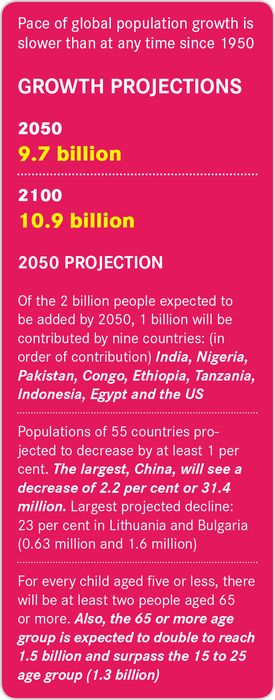In the 1960s, India was home to 44 crore souls—most of them hungry, malnourished, illiterate and unemployed.
Every third Indian was a farmer or a farmhand, producing just about enough rice, barley or wheat to feed himself. Noah, of the fabled Ark, was hardly a household name, but Indians were holding fast to the Hebrew patriarch’s credo—they were going forth and multiplying at a furious pace. At 5.9 births a woman, the fertility rate was unreasonable, but showed no signs of contraction.
With a million more mouths to feed every few weeks, India was steadily walking into an economic trap—one imagined by the 18th-century English priest Thomas Malthus. A scholar of demography and economics, Malthus believed that members of a happy society always reproduced in abundance, leading first to shortage of resources and then to penury.
But it was not a Malthusian trap that India eventually fell into. The trap was US-made, and its name was PL-480. The public law 480, signed by President Eisenhower and renamed later as Food for Peace, had America exporting its surplus grain to hungry countries of strategic importance. India signed up for the food aid in 1954. By the end of the sixties, it was so dependent on imported cereals that the US boldly began meddling in India’s policy affairs, with demands ranging from implementation of strict population control measures to support for the war in Vietnam. Indians, being cereal junkies, could hardly refuse America’s improper advances.
In 1971, agriculture minister A.P. Shinde decided that enough was enough. The Green Revolution had so boosted Indian agriculture that he cancelled all grain imports from the US, months before the food aid was due for an extension. India began feeding its people on its own and continued to pursue independent policies.
Where do we stand now, nearly half a century later?
It is a mixed bag. Last year, India wasted more than 4,000 tonnes of foodgrain, even though millions of poor go hungry every year. The problem is storage—there are not enough godowns where the grains can be kept safe for efficient distribution.
There is no population explosion either, but the growth rate remains a problem. It is 1.1 per cent now, with a fertility rate of 2.33 births a woman. Modest, but significantly higher than that of China (0.6 per cent and 1.62 births).
But it is not a Malthusian trap that beckons India now. After all, as Malthus’s critics often say, “A baby comes to the world not only with a mouth and a stomach, but with a pair of hands as well.” India has solved the mouth-stomach part, and it must now address the problem at hand—a looming jobs crisis.
India’s working-age population (people aged 15 to 64) is now much bigger than the dependant population (children and the elderly). This much-hyped demographic dividend, which can be utilised till 2055, is unlikely to benefit India if its economy slows down and the labour force remains unskilled.
The government knows this well, which is why it has been tinkering with a few laws in a desperate effort to generate jobs. In June, for instance, the Union government announced that it would remove the requirement of a minimum educational qualification (Class 8) for obtaining a licence to drive transport vehicles. In one fell swoop, the government aims to mint 22 lakh new truck drivers out of the uneducated labour pool in the job-hungry Mewat region of Haryana.
The question is, how long can jugaad keep away a jobs crisis?



